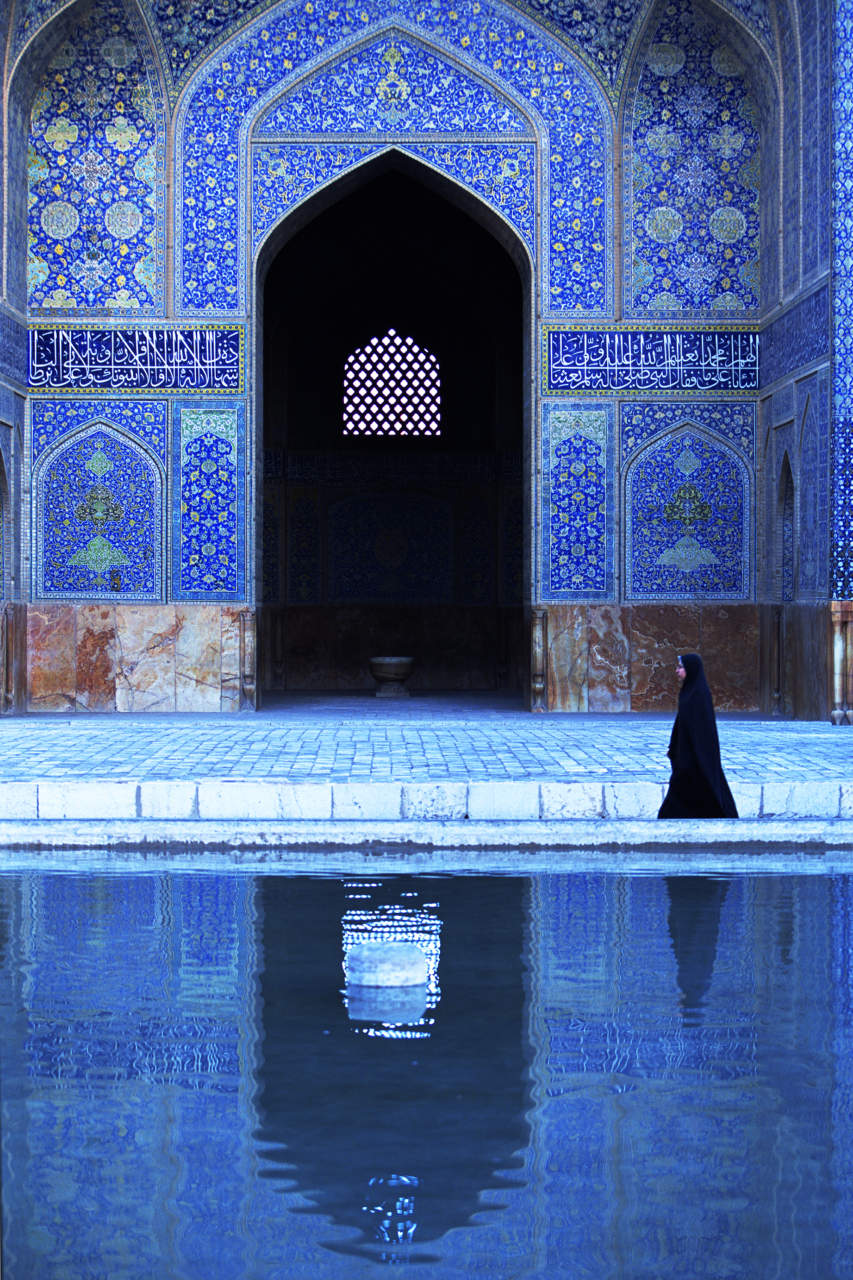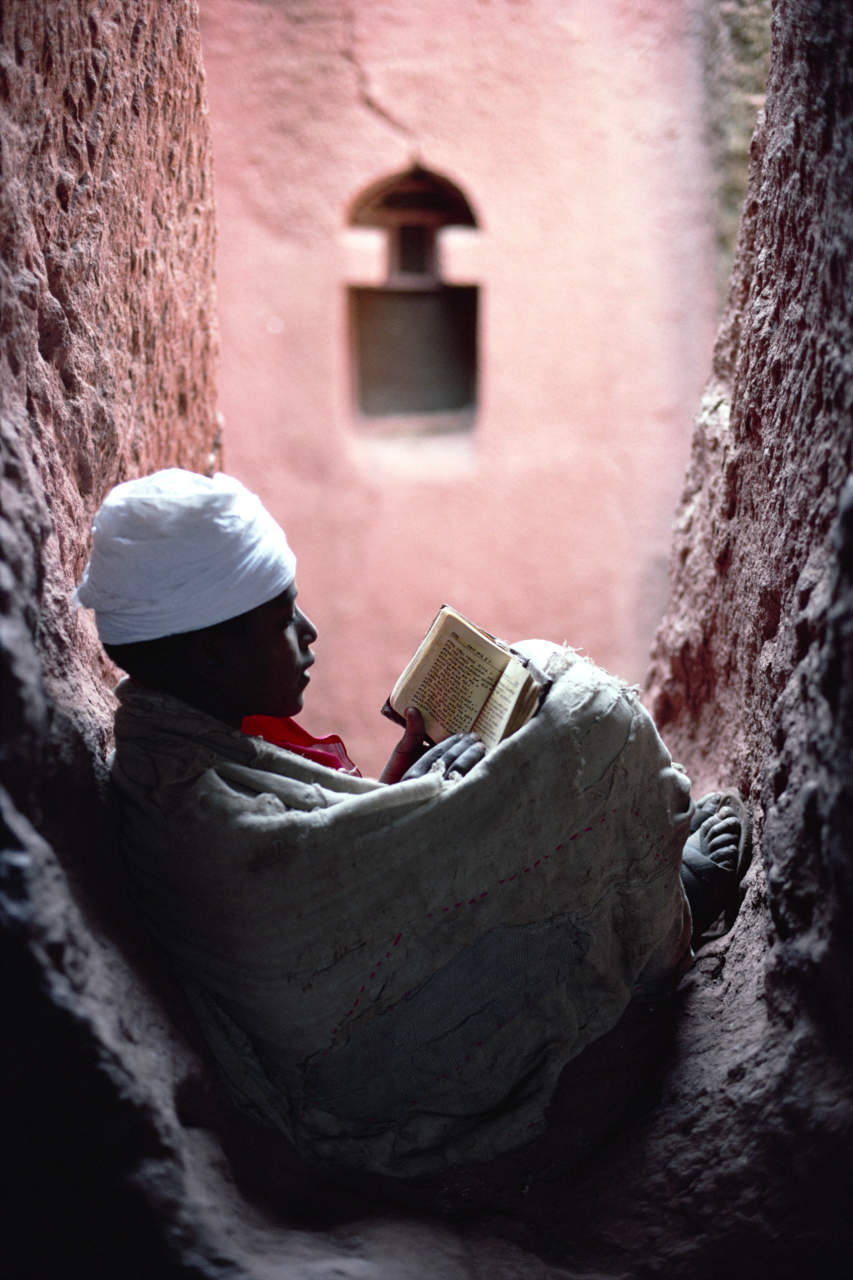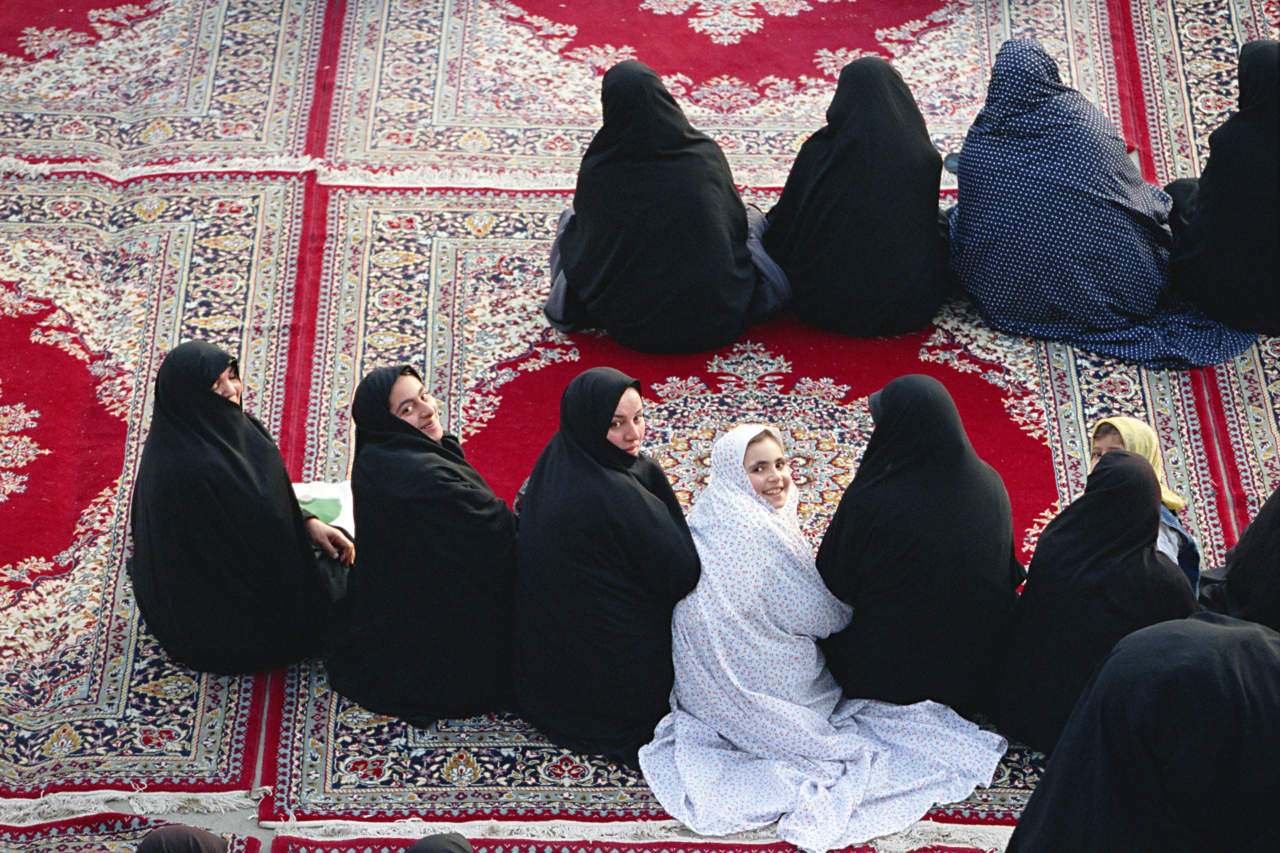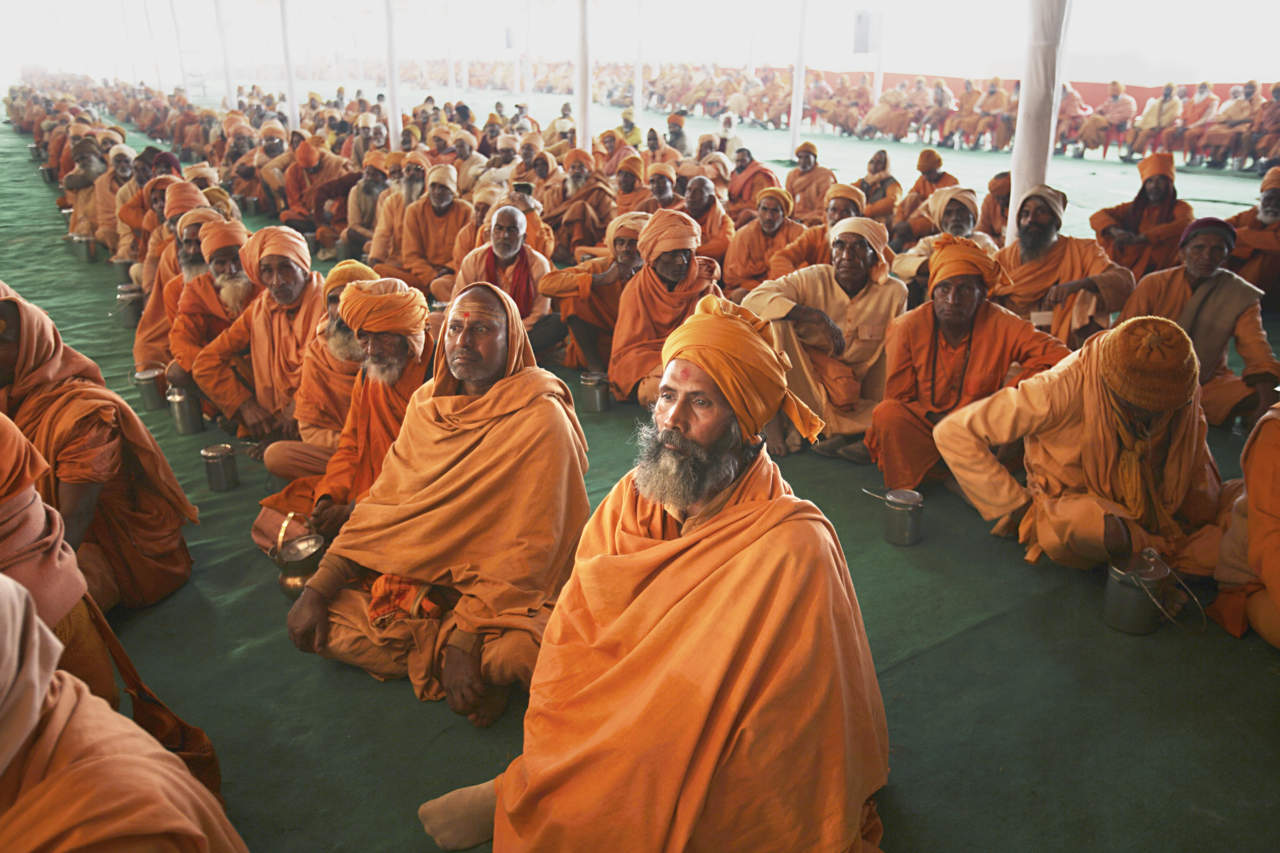architect: Kazuyoshi Nomachi
Pilgrims take part in the function of the Night of Power (Laylat al- Qadr), the 27th day of the Ramadan. The celebration commemorates the revelation of the Koran to the Prophet. Mecca, Saudi Arabia in 1995
Kazuyoshi Nomachi is among the great masters of reportage photography. He has devoted his life to exploring “prayer“ and “the search for the sacred.“ Nomachi was born in 1946 in Japan, in a village called Mihara in the Hata District, Kochi Prefecture. A student of the eminent photographer, Takashi Kijima, on his first trip to the Sahara in 1972, Nomachi decided to leave his new career as a freelance advertising photographer in order to document spiritual experience of people from distant latitudes and civilizations in the most extreme environmental conditions. His works, published in leading magazines and recipients of many awards, recount a never-ending journey following the paths of the soul.

In the desert he was fascinated not only by the immensity of space, but by the ancient, underground traces of human life. His path could not have but intertwined with the great waterways; he explored the lands of the Nile, going to its source in Uganda; he followed the Blue Nile to the sun-drenched Ethiopian highlands, where he portrayed the followers of a Christian religious group that prays inside spaces carved in the rocks; he traveled to the Ganges, Hinduism’s sacred river in which myriad devotees celebrate rites of purification every day.

Other essential destinations is journeying into the soul have been Buddhist Tibet and sacred Islamic sites in Saudi Arabia, which he was the first to portray in depth. His pictures alternate the swirling shapes of ocean-like crowds of pilgrims to Mecca with the perfect blue of arabesques.

Every Nomachi picture – whether portraying the intimacy between animals and people among the shepherding tribes of the Sudan, or a sun-creased face – is as still as a Renaissance painting, and uses symmetry and the beauty of colors to restore a sense of the sacred, human dignity of each action.

One example is in the saturated colors of the clothes of Andean people on a cold mountain background from his most recent, ongoing trip to investigate Christianity merged with pre-Columbian spirituality.
Nomachi’s works have been published by “The National Geographic“, “Stern“, “GEO“ and the most important photographic magazines. He has gained much recognition in Japan and the West. He has published books on his travels-reportages, which have been translated into several languages: Sahara (Milan, 1977); Sinai (Milan, 1978); The Nile (Milan, 1989); L’ultima Africa. Un lungo viaggio nella Rift Valley (Milan, 1996); Mecca the blessed, Medina the Radiant. The holiest cities of Islam (New York 1997, trad. It. Milano 2004); Le vie del sacro (2002); Pellegrinaggio nell’anima del mondo. Trent’anni di grandi reportage (Vercelli 2005). Recently, two exhibitions in the West have been dedicated to him, both set up in Italy: an exhibition at the Macro in Rome, in 2013, and the large retrospective exhibition Le vie dell’anima (Monza, 30th May to 8th November 2015), which documents his path of development through 200 shots distributed in 7 sections corresponding to the main stages of his journey.








